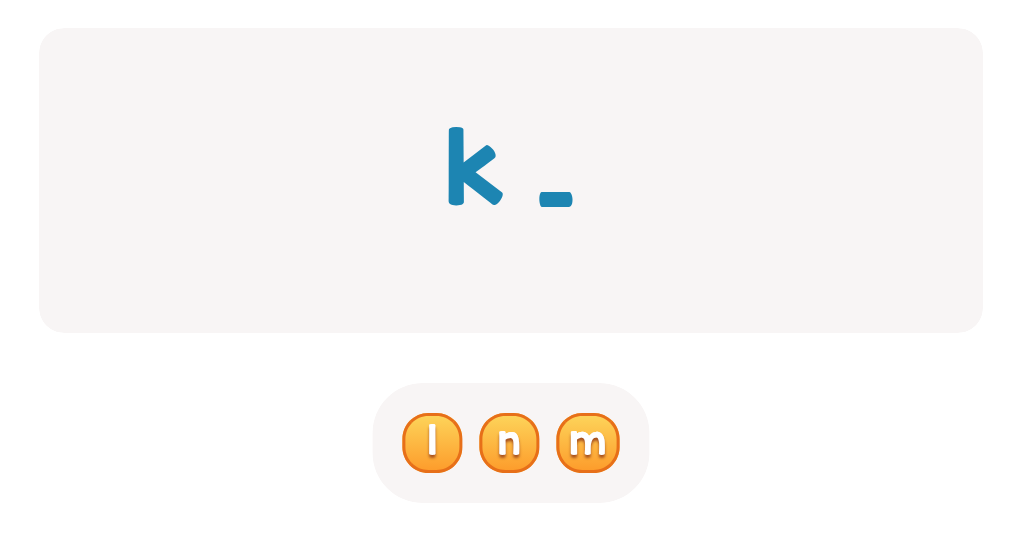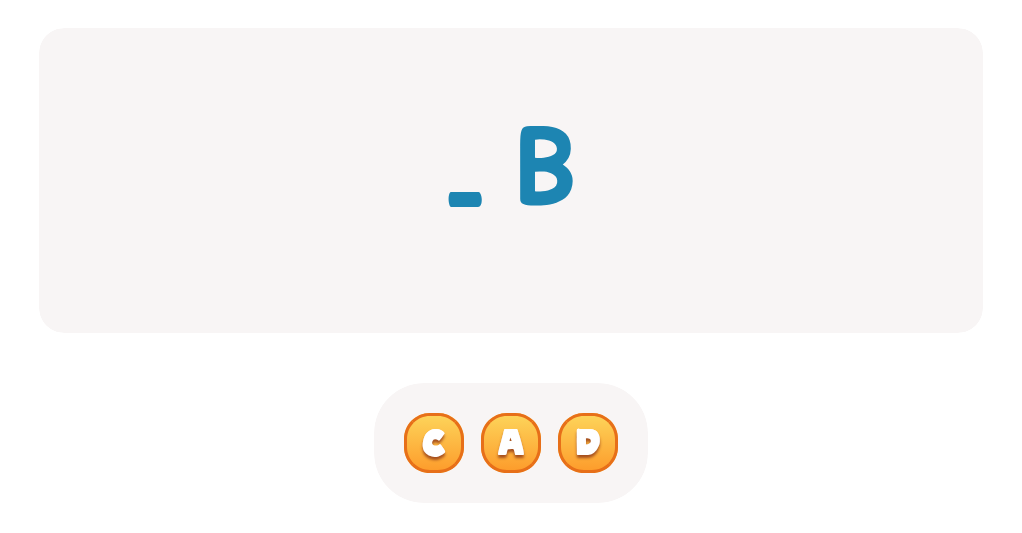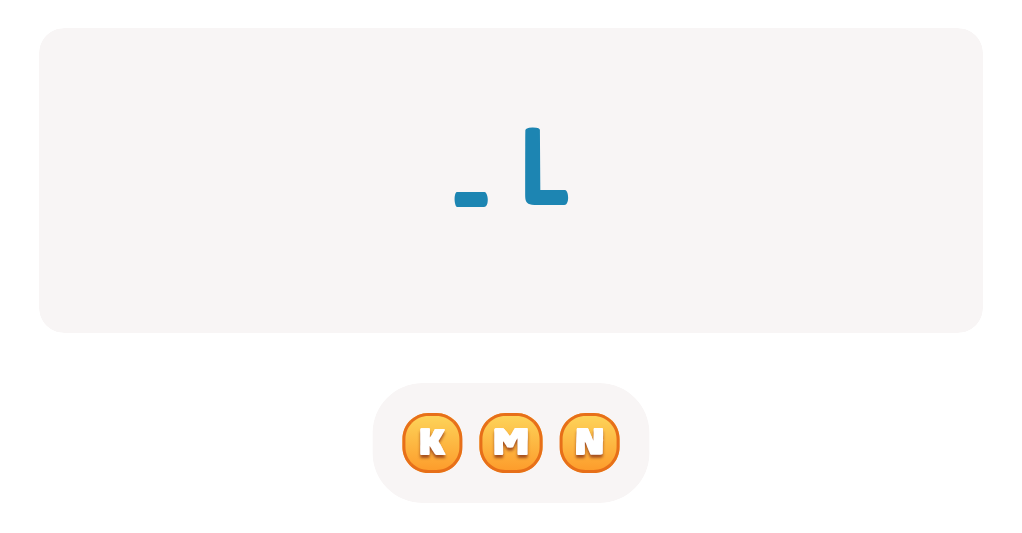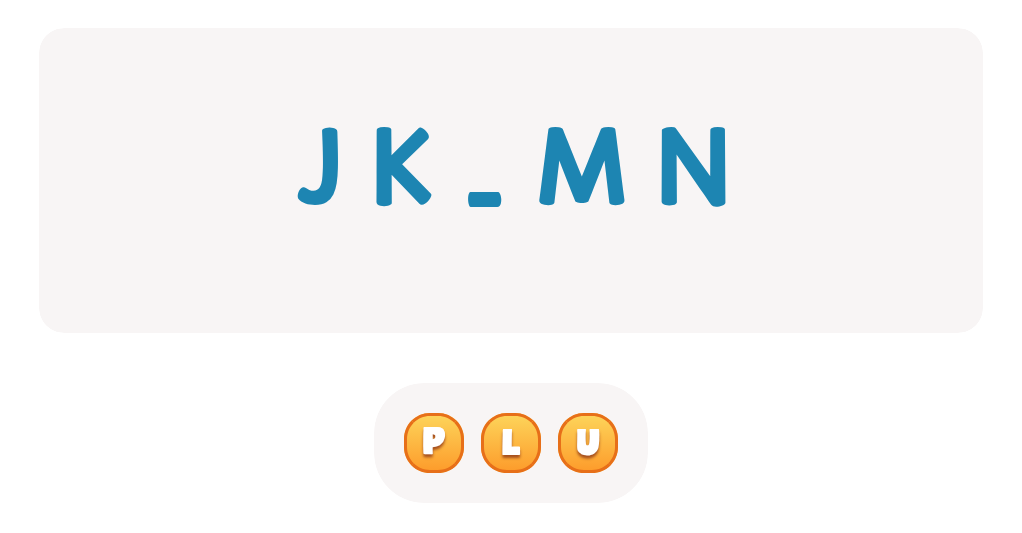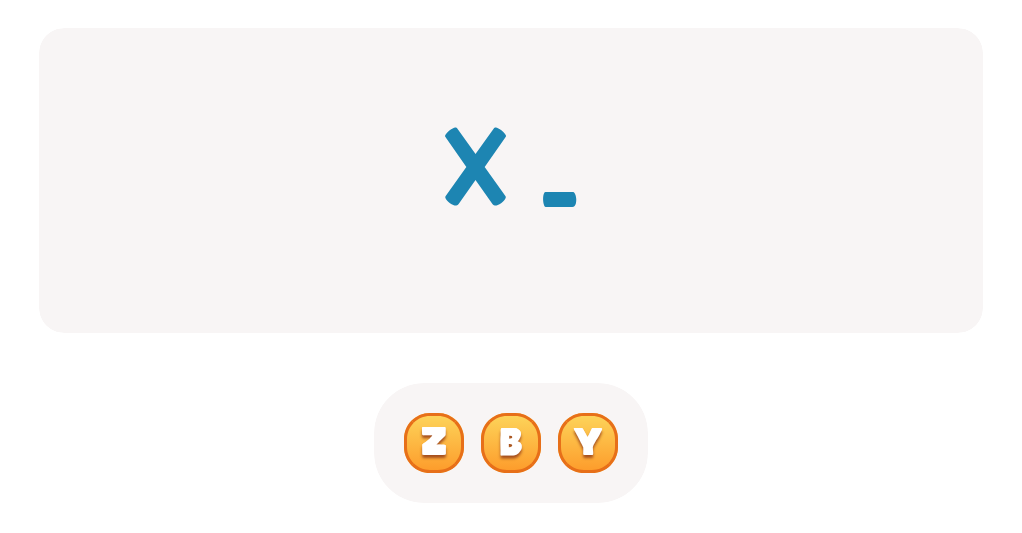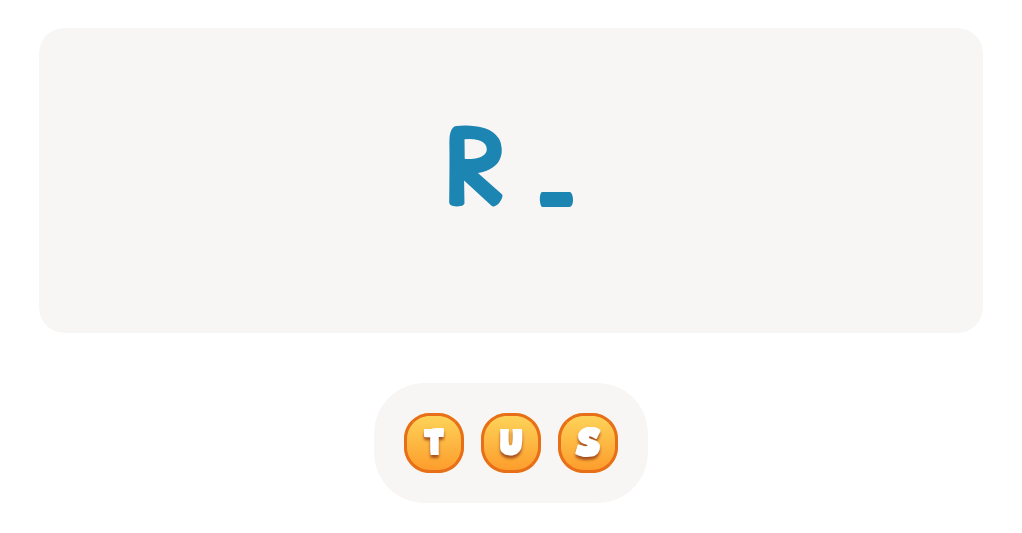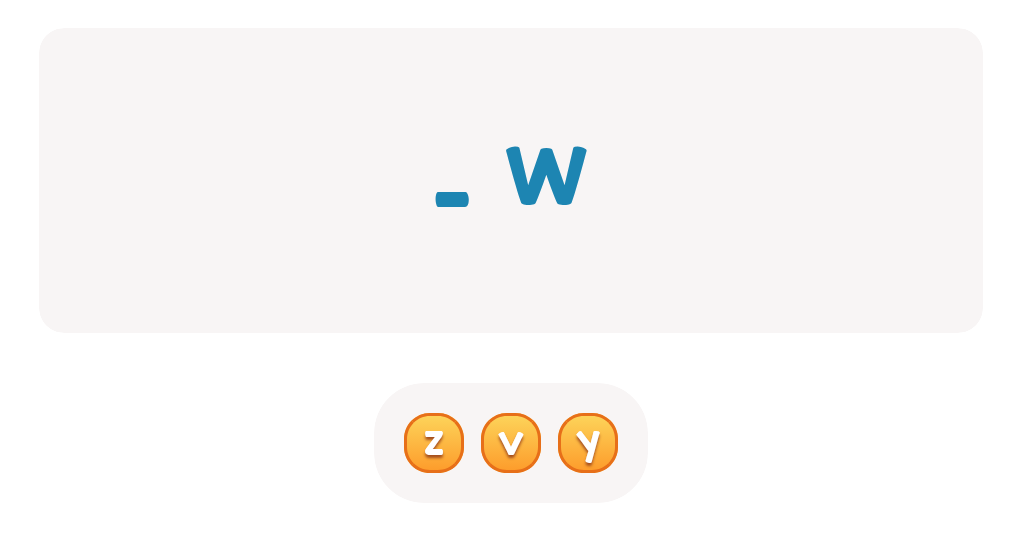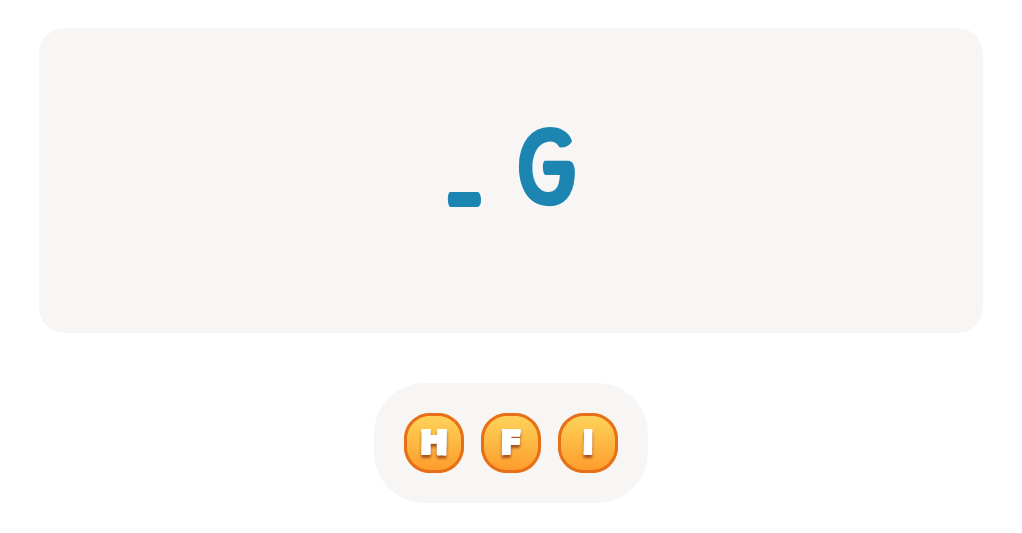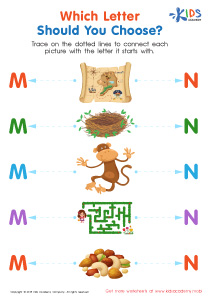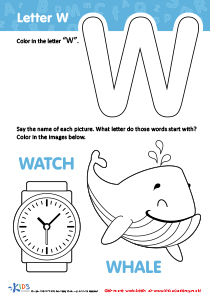Visual discrimination Normal Kindergarten Upper & Lowercase Letters Worksheets
4 filtered results
-
From - To
Help your kindergarten students master the alphabet with our engaging "Visual Discrimination Normal Kindergarten Upper and Lowercase Letters Worksheets." Designed to enhance early learning skills, these worksheets are packed with fun activities that boost visual discrimination and letter recognition. Children will match, identify, and distinguish between uppercase and lowercase letters through vibrant illustrations and interactive exercises. Ideal for classroom use or at-home practice, these worksheets provide a solid foundation for reading and writing success. Visit our page to download and give your young learners the confidence they need to excel in their literacy journey.
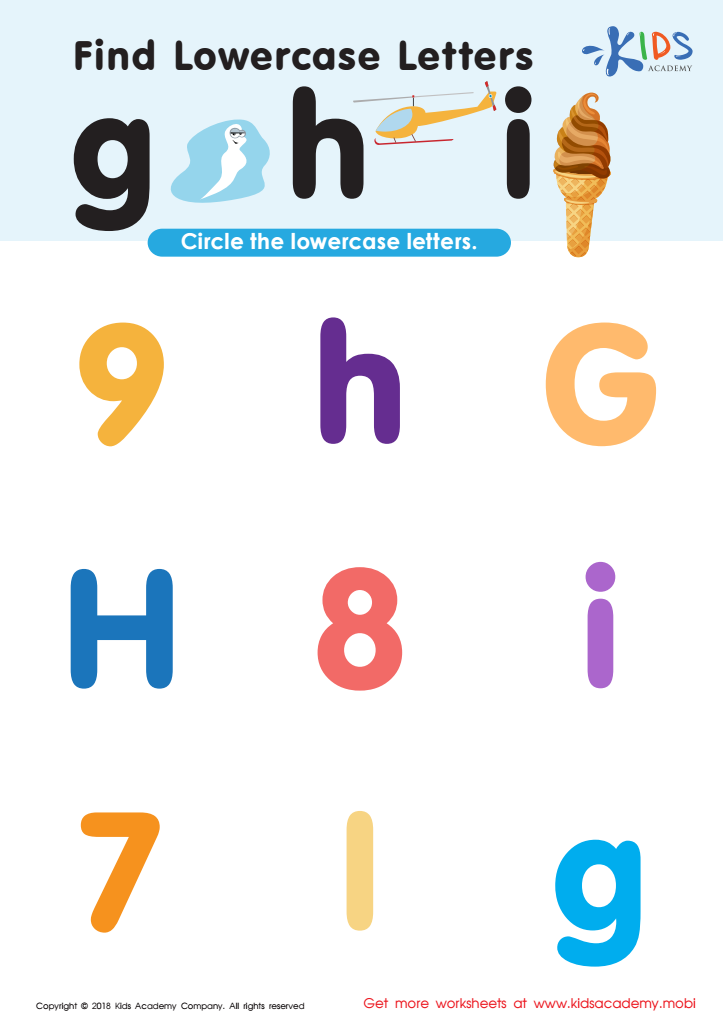

Find Lowercase Letters g h i Worksheet
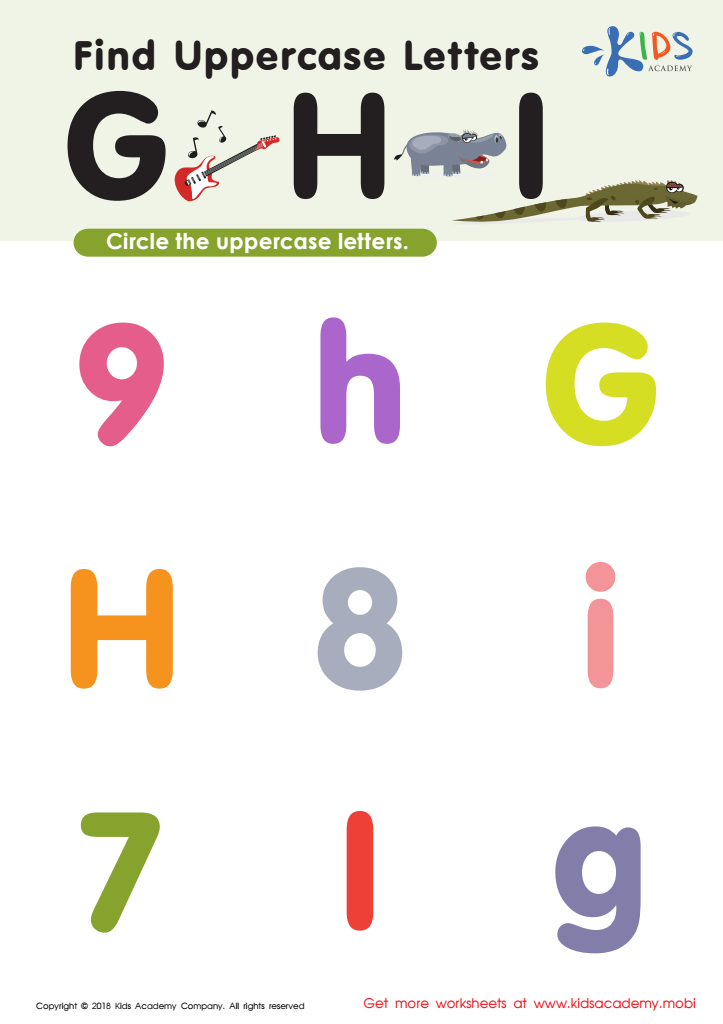

Find Uppercase Letters G, H, and I Worksheet
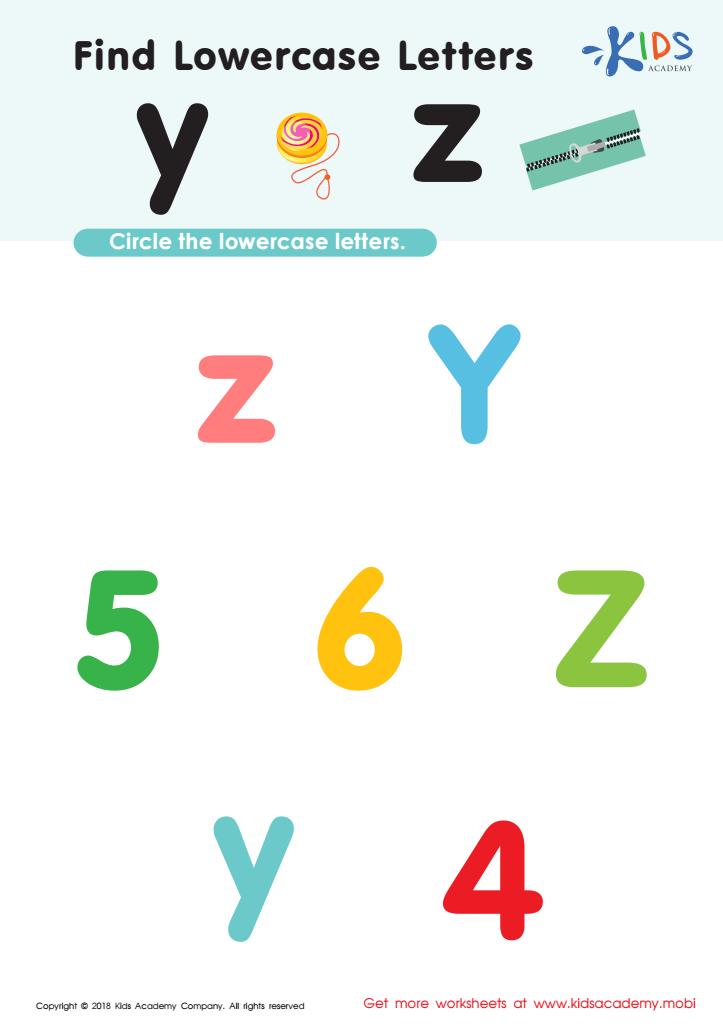

Find Lowercase Letters y z Worksheet


Find Uppercase Letters V, W, X Worksheet
Visual discrimination is a crucial skill that allows children to distinguish between different shapes, sizes, colors, and other visual stimuli. In the context of kindergarten, where the foundational learning of letters begins, visual discrimination plays a pivotal role in literacy development.
Parents and teachers should care about visual discrimination for several reasons. Firstly, the ability to differentiate between upper and lower-case letters is essential for reading and writing. Children need to recognize that 'A' is different from 'a', but still represents the same phonetic sound. This recognition helps youngsters make sense of text and avoid confusion in writing.
Secondly, strong visual discrimination skills support academic success. Children who can accurately identify letters often find it easier to learn sight words, which boosts reading fluency and comprehension. Fluency in reading is directly tied to academic achievements in all subjects, as a majority of learning material is text-based.
Moreover, early mastery of visual discrimination and letter recognition can elevate a child’s confidence. When children identify letters correctly, it promotes a sense of accomplishment, motivating them to engage further in reading and writing activities.
Given these points, reinforcing visual discrimination skills through games, practice, and guided reading activities can be incredibly beneficial, laying a solid foundation for future educational success. Thus, parents and teachers have every reason to invest time and resources in this critical aspect of early literacy.
 Assign to My Students
Assign to My Students
